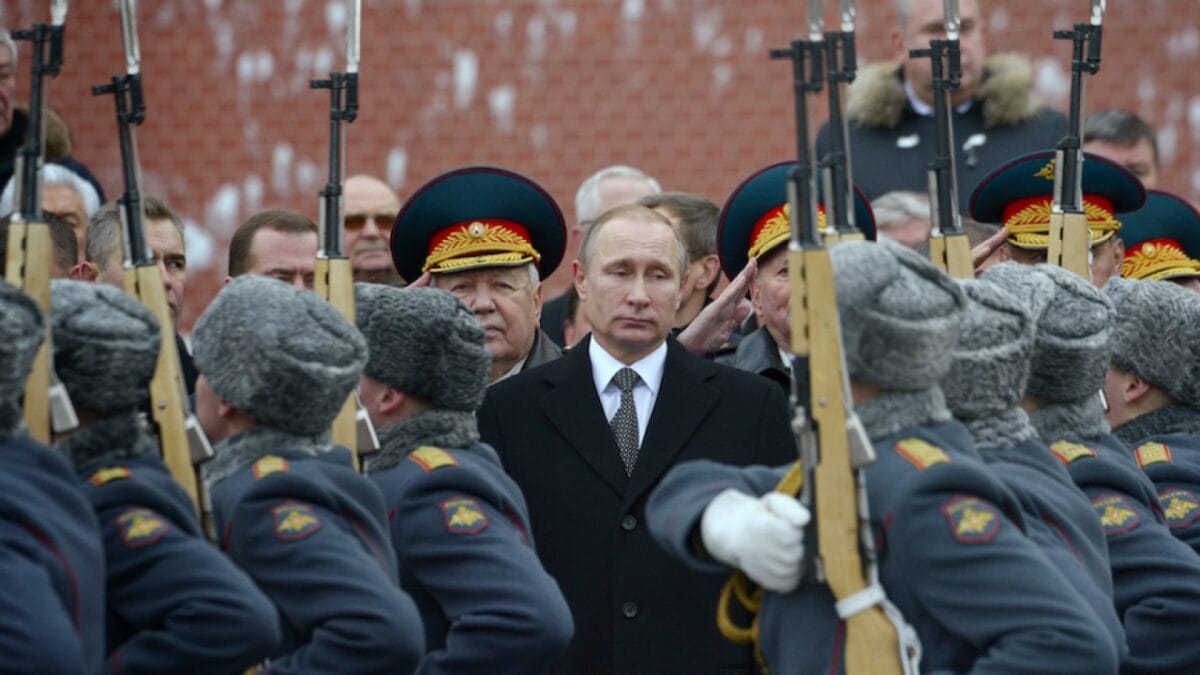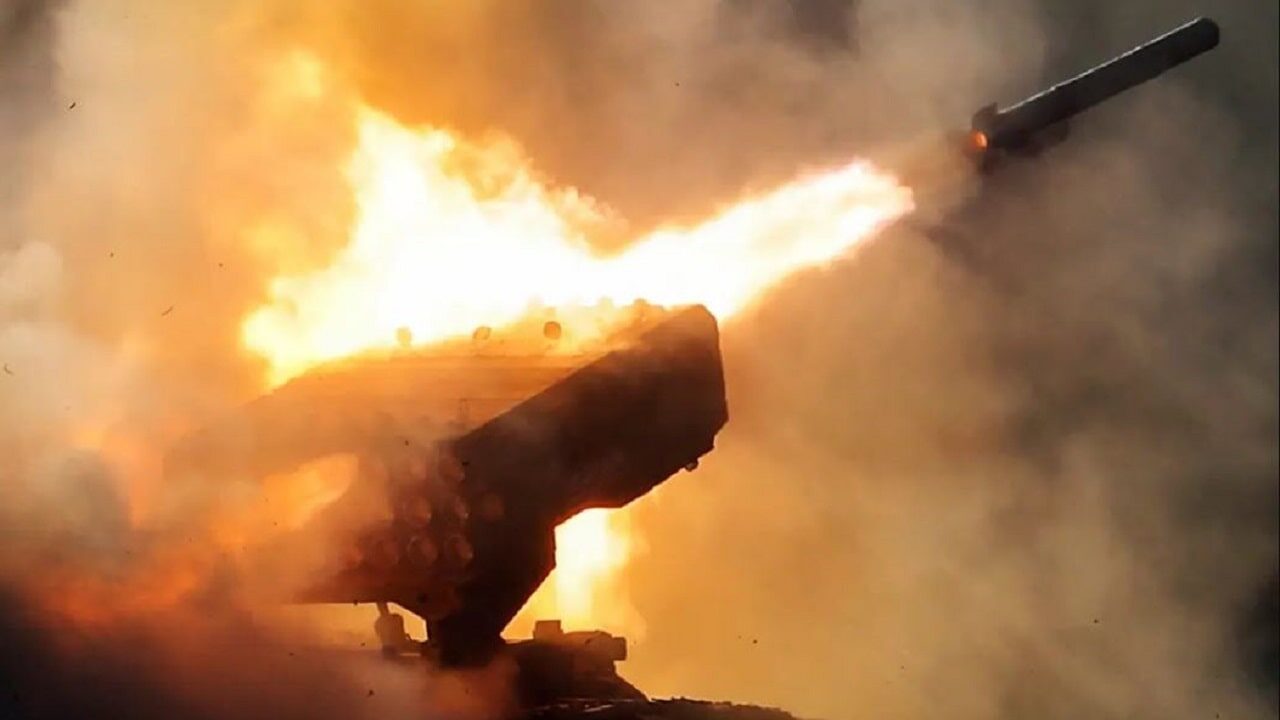The Russian invasion of Ukraine is now grinding on into its seventh month. While many analysts believed that the country would fall within weeks, the Ukrainians proved that they were much better prepared than in 2014.
Russia hoped to blitzkrieg Kyiv and Kharkiv in the war’s earliest days. They were repulsed by horrendous losses of troops and equipment. They took Kherson in the south thanks to some Ukrainian officials that were sympathetic to Russia.
However, the war then turned into a protracted stalemate. Russian troop advances would be measured in yards per day as they would blast small areas with concentrated artillery and missile strikes. Back about a month ago, I wrote in these digital pages that with the massive artillery strikes the Russians are conducting, it was fair to question how long their artillery barrels would last. Keep in mind that their manufacturing is decidedly inferior to Western arms makers.
There are still splits on whether Russia or Ukraine can actually “win” the war. So, what would a Ukrainian victory look like?
No “Peace in Our Time” Concessions
Other than in Western Europe and the US, Russia has been winning the information (disinformation) war, especially in Africa. They have been pushing a steady stream of justifications on why “Nazis” in Ukraine were threatening Russia and that they had no choice but to save the proxy “independent republics” from attacks.
Then there are the food and energy factors. Russian and Ukrainian grain are sorely needed in the famine-stricken areas of Africa. Moscow has painted the picture to Africans that the West and NATO, mainly the US are the causes of the stoppage of grain making its way to African ports.
And with Western Europe being large consumers of Russian gas, there are shortages everywhere which are causing inflation to rise. This is why some Europeans and many Africans urging Ukraine to agree to cede the territory lost to buy peace by appeasing Putin. That is precisely what Putin is waiting for. A cold winter with fuel shortages and rising prices will cause Western Europeans to tire of the war and force Kyiv to accept a favorable settlement to Moscow.
Europe should know that appeasement doesn’t work with authoritarian rulers with dreams of imperial conquest. England and France negotiated a concession of part of Czechoslovakia without their consent in 1938 against Hitler. When returning from Munich, UK Prime Minister Neville Chamberlain promised his people “peace in our time” while waving the paper with the agreement. Less than a year later, Britain and France were at war with Germany.
Ukrainian President Volodymyr Zelensky said earlier this week that Kyiv would not agree to any proposal to freeze the current frontlines to appease Moscow. Because even if Putin and Zelensky agree to a stop of conflict where the lines now lay, there is no reason to believe he won’t continue his imperialistic actions in the future. He needs to be stopped and pushed back.
Ukraine Needs the Weapons To Win, Not Just Hold Russia
While the US has supplied Ukraine with nearly $14 billion in military aid, our allies in Western Europe, namely France, Germany, and Italy, haven’t given as much as tiny Latvia. A common complaint from Kyiv is that the West is giving enough weapons to hold Russia, but not enough to win.
A case in point is the US-made HIMARS missile systems. By all accounts, they have made an enormous difference in the fighting, yet Ukraine has just 16 of them, as well as three M270 missile launchers from the UK that fire the same missiles as the HIMARS. The UK government has promised to send three more. If Ukraine had 100, some Ukrainian defense officials say they need 200; what a game-changer that would be. This would allow Kyiv to conduct offensives to retake Kherson in the south and the Donbas in the east with much more firepower.
This speaks to the policy of Western Europe and the Biden administration of “not wanting to humiliate Putin,” which is in itself appeasement like those listed above. This policy is to fear that Putin will escalate the war and possibly use nuclear weapons, which Moscow has threatened since Day 1. This strategy also contradicts what Putin said, that Moscow’s ambitions lay beyond Ukraine.
Biden has re-instituted the Lend-Lease Program from World War II. But with massive amounts of equipment sitting in Germany waiting for forces that are…right now lacking, Washington could unleash a lot of older M1 tanks and M109 mobile artillery pieces that would be needed to conduct a counter-offensive that would allow Kyiv to re-take its territory lost since late February.
Putin’s “special military operation” is springing leaks at the seams. Moscow has lost, by many reliable assessments, about 20-25 percent of its combat power in the invasion. Morale is very low, with some entire units refusing to fight. He’s kept casualty figures hidden, but with the recent announcement that he wants the Defense Ministry to add another 137,000 troops will no doubt spark internal questions. Worries about starting World War III seem remote as long as the US and the West don’t supply troops in the active fighting.
The Russian military has tried to entice more Russians to join the armed forces without resorting to mass mobilization. They’ve tried large cash bonuses, hiring convicts for early release, and cash for fighting in Ukraine. This was reportedly done by the Wagner Group, the Russian PMC with a deserved reputation for human rights abuses.

Russian President Putin. Image Credit: Creative Commons.
Putin is not suicidal, nor is he the irrational leader that was the previous line of thought. He’s pragmatic, and all of his actions are carefully thought out. With the added weaponry that Ukraine’s armed forces needs, it is entirely possible that they can throw the Russians back to at least the starting point of the war.
Crimea, however, a goal that President Zelensky has reiterated several times as a goal in retaking, is, for now, probably going to have to wait. “The war began in Crimea — and it will also end there,” he said. Kherson is, however, a different story.
With the Ukrainians rendering the bridges connecting Kherson to Russia’s supply lines in Crimea unusable, Moscow has been reduced to re-supplying its forces via pontoon bridges. Those are highly vulnerable to artillery or missile strikes. Russian forces could become stranded in the city, making them vulnerable to a counter-attack. Two weeks ago, there were reports that Russian commanders of troops in Kherson withdrew their headquarters to the eastern shore of the Dnieper River.
The Ukrainians can win the war, but they will need far more help to do so. War is ultimately about will, logistics, and strategy. “The line between disorder and order lies in logistics…” – Sun Tzu. They have the will. But they have enough logistics? Time will tell.
Expert Biography: Steve Balestrieri is a 1945 National Security Columnist. A proven military analyst, he served as a US Army Special Forces NCO and Warrant Officer in the 7th Special Forces Group. In addition to writing for 19fortyfive.com and other military news organizations, he has covered the NFL for PatsFans.com for over 11 years. His work was regularly featured in the Millbury-Sutton Chronicle and Grafton News newspapers in Massachusetts.

